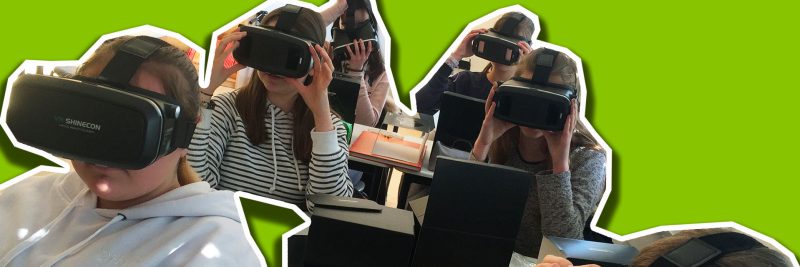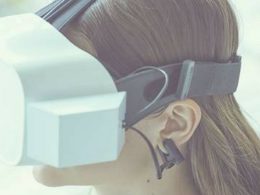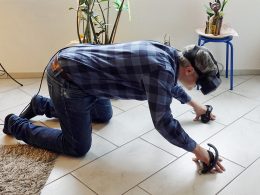Virtual reality helps a study find out whether the seat at school has an influence on the students' grades. The result shows that the closer you are to the teacher, the better your grades.
Where did you sit most often at school? At the front, at the back or even in the middle? And what were your average grades? Wasn't it always said: the nerds sit in the front, the class clowns in the back? The LEAD (Learning, Educational Achievement and Life Course Development) research team at the University of Göttingen wanted to find out whether there is actually a connection between where students sit in class and their grades. University of Tübingen know. Their study was published in the journal Learning and Instruction.
Same teaching situation, different seating
The experiment showed a clear result. "After the joint mathematics lesson in the virtual classroom, the pupils in the front rows solved mathematics problems faster than those in the back row," summarises first author Friederike Blume, who conducts research in the field of school psychology. What is striking here is that those pupils who were closest to the teacher did best.
Teachers to walk through the classroom more
The reason for the poorer performance of the pupils in the back rows is the distraction of their classmates, for example by the whispering or fidgeting of the other children.
"The important thing now is to consider how, in a real classroom, all children can benefit equally from being close to the teacher," says Blume. As a result, teachers could consciously move around the classroom more often during lessons or change the students' sitting position during a school year.
Source: brigitte









